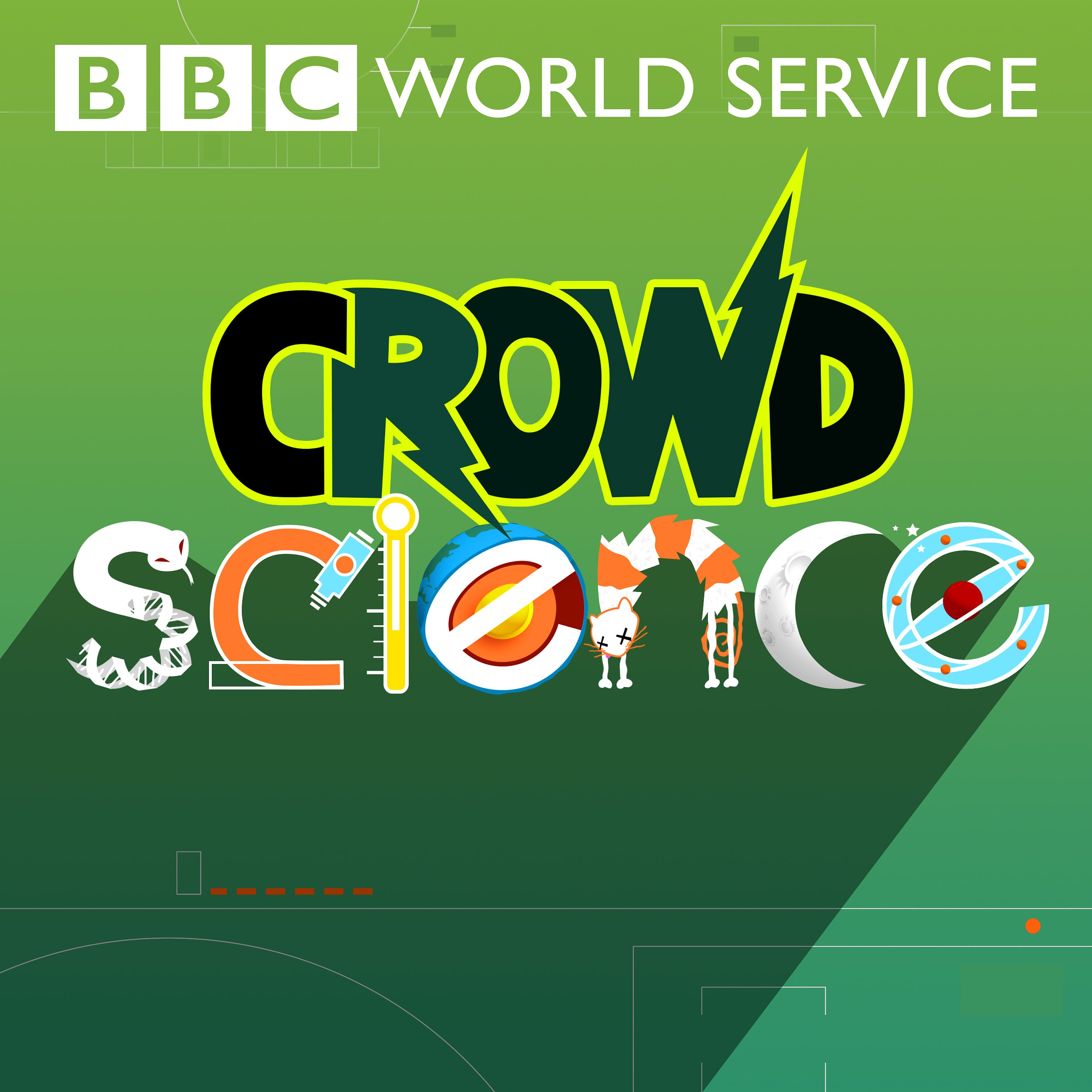
How did eyes evolve?
CrowdScience
Look into my eyes. What do you see? Pupil, lens, retina… an intricate set of special tissues and mechanisms all working seamlessly together, so that I can see the world around me. Charles Darwin called the eye an ‘organ of extreme perfection’ and he’s not wrong! But if the eye is so complex and intricate, how did it evolve? One listener, Aloyce from Tanzania, got in touch to pose this difficult question. It’s a question that taxed Darwin himself, but CrowdScience is always up for a challenge! The problem is that eyes weren’t ever designed - they were cobbled together over millions and millions of years, formed gradually by the tweaks and adaptations of evolution. How do you get from the basic detection of light to the wonderful complexity - and diversity – of visual systems we find throughout the animal kingdom? CrowdScience sent Marnie Chesterton on an 800 million year journey to trace how the different elements that make up the human eye gradually came into being; from the emergence of the first light-sensitive proteins to crude eye-cups, from deep sea creatures with simple pinhole eyes to the first light-focusing lenses, all the way to the technicolour detail of the present day. Produced by Ilan Goodman for the BBC World Service. With contributions from: Dr Adam Rutherford, Dr Megan Porter, Professor Dan Nilsson, Dr Samantha Strong (Photo Credit: Getty Images)Next Episodes

Can we transfer electricity wirelessly? @ CrowdScience
📆 2021-09-10 22:00 / ⌛ 00:34:28

Can we save our night skies? @ CrowdScience
📆 2021-09-03 22:00 / ⌛ 00:31:54

How did our ancestors sleep? @ CrowdScience
📆 2021-08-27 22:00 / ⌛ 00:27:24

Why is human skin so rubbish? @ CrowdScience
📆 2021-08-21 22:00 / ⌛ 00:34:28

How can smart tech tackle climate change? @ CrowdScience
📆 2021-08-13 22:00 / ⌛ 00:37:49